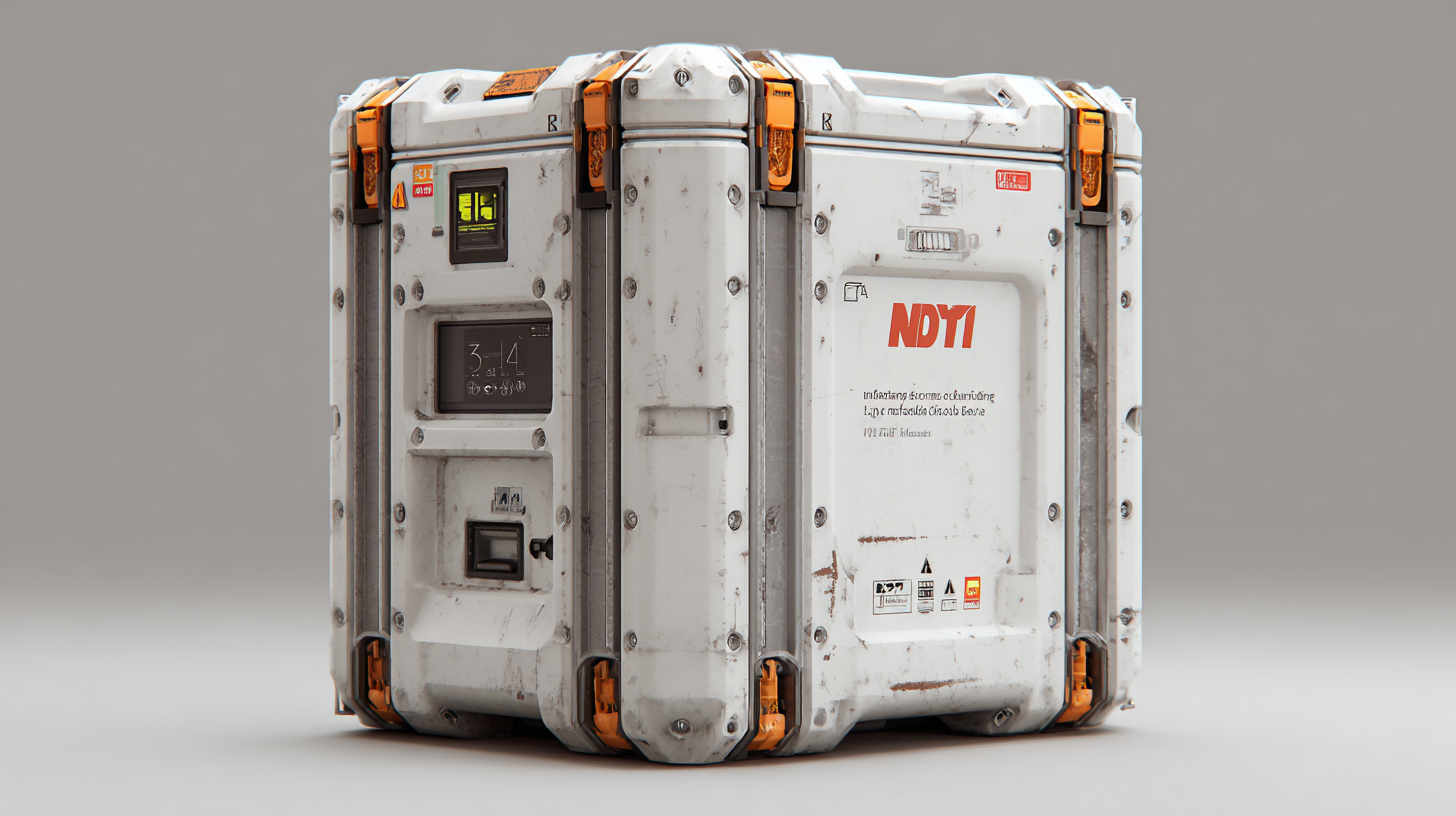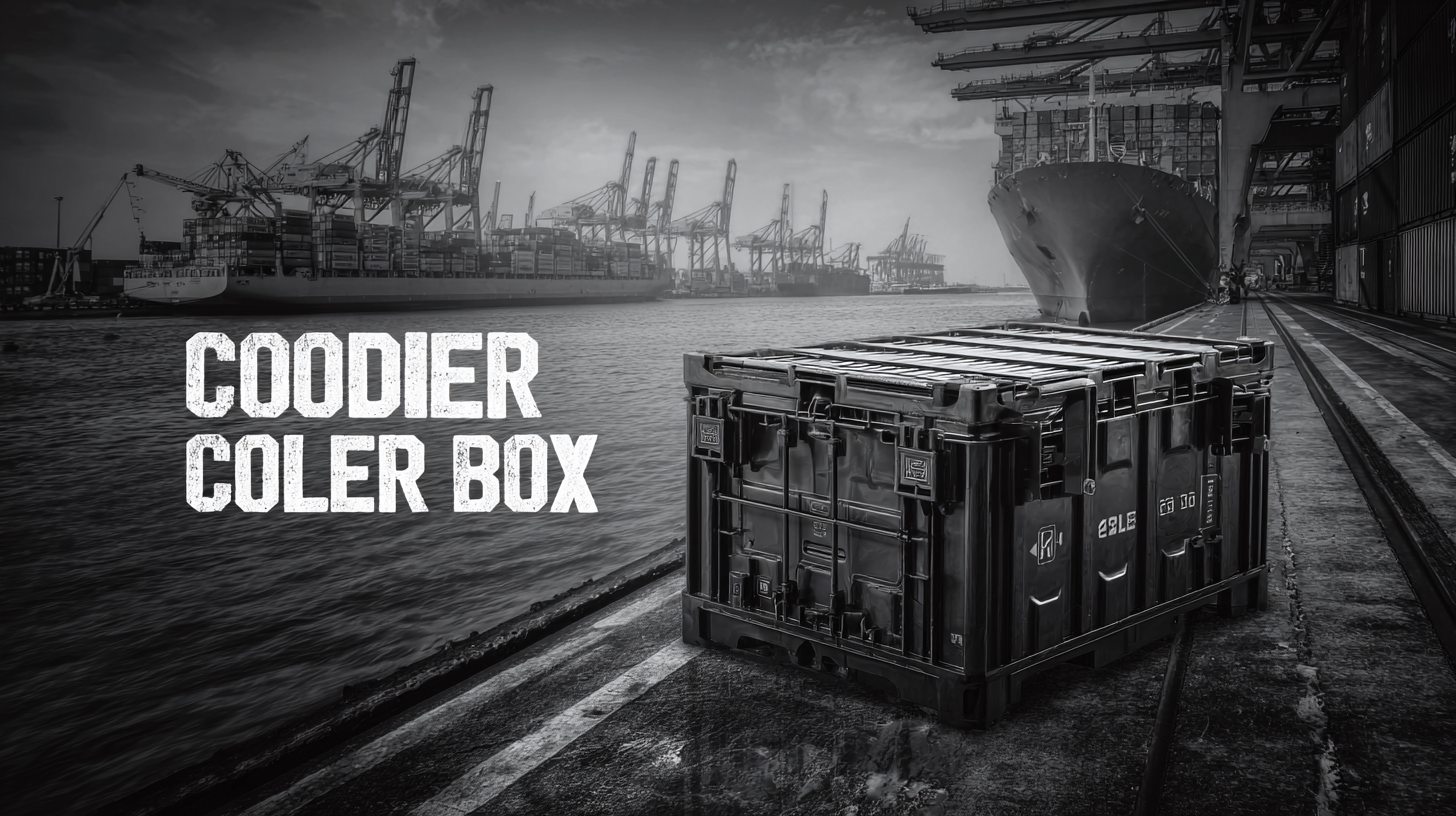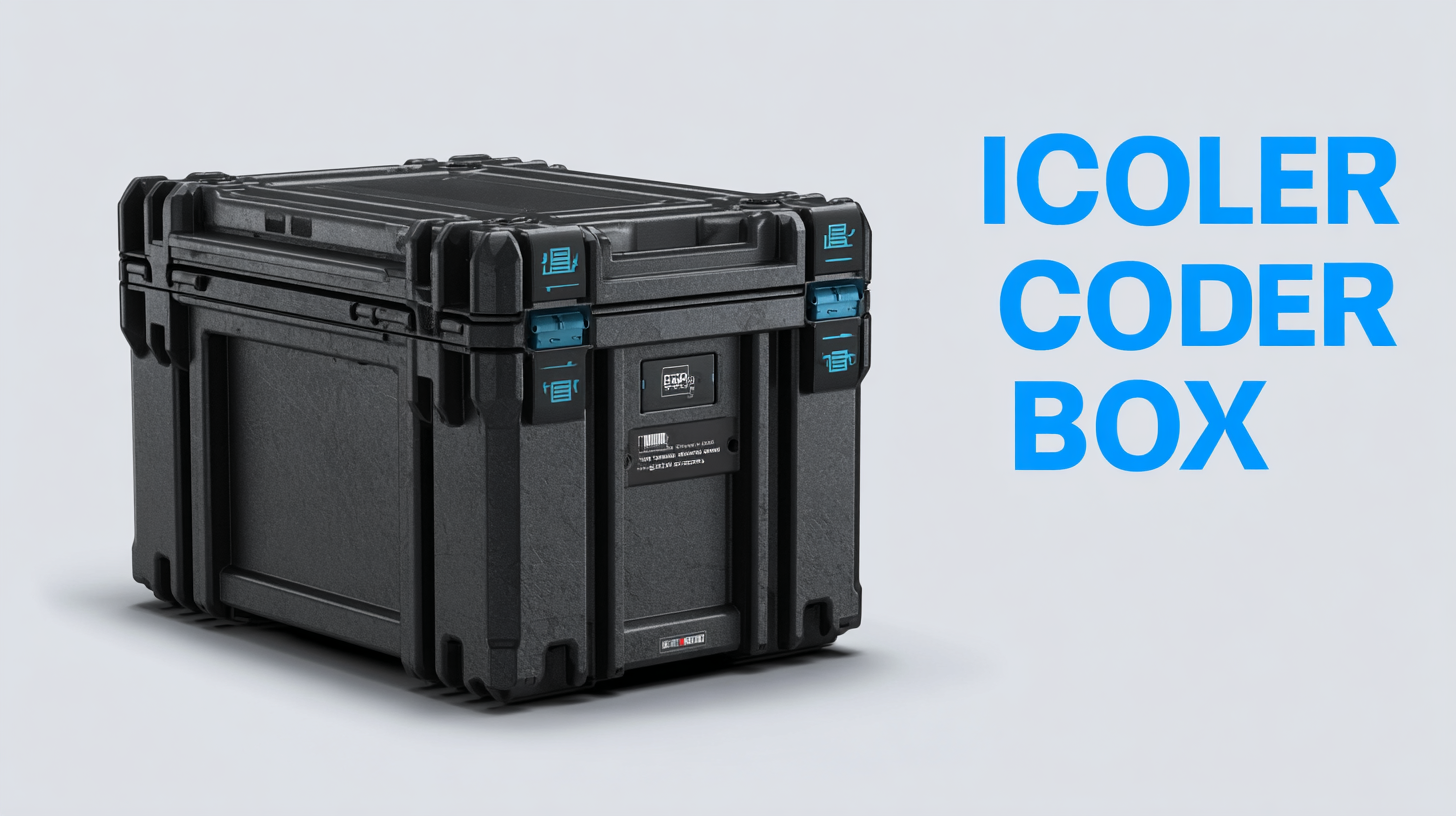Innovative Shipping Cooler Box Designs Transforming Global Logistics Efficiency
In the rapidly evolving world of global logistics, the efficiency of transporting temperature-sensitive goods has become a critical challenge. Innovative designs of Shipping Cooler Boxes are revolutionizing the way companies manage their supply chain, ensuring that perishable products reach their destinations in optimal condition. As the demand for fresh produce, pharmaceuticals, and other temperature-sensitive items continues to rise, adopting cutting-edge cooler box technologies has never been more essential. These advanced shipping solutions not only enhance the preservation of goods but also reduce waste and improve overall operational efficiency. In this blog, we will explore top strategies for optimizing the use of Shipping Cooler Boxes, highlighting key design features and industry best practices that can significantly transform logistics processes and elevate business performance on a global scale.

Revolutionizing Cold Chain Logistics with Advanced Cooler Box Designs
The cold chain logistics sector is rapidly evolving, driven by innovative cooler box designs that enhance efficiency across global supply chains. As the demand for temperature-sensitive products continues to grow, from food and beverages to pharmaceuticals, companies are focusing on advanced packaging solutions that maintain specific temperature ranges.
The market is segmented into storage, transportation, packaging, and monitoring components, allowing businesses to customize their approaches to meet diverse needs.
With refrigeration temperatures ranging from 0 to 15 degrees Celsius and freezing temperatures between -18 and -25 degrees Celsius, the ability to transport goods securely has never been more critical. Improved designs not only ensure compliance with stringent health regulations but also minimize product loss, providing a competitive edge in the marketplace.
The integration of smart monitoring technologies further revolutionizes logistics, allowing for real-time tracking of temperature-controlled shipments and enabling proactive management of potential disruptions. As companies push for efficiency, the importance of collaboration and innovation in cooler box designs will only increase, shaping the future of cold chain logistics.
Key Features of Modern Shipping Cooler Boxes Enhancing Efficiency
 The modern shipping cooler box has evolved significantly, incorporating a range of innovative features that greatly enhance logistics efficiency. One of the standout advancements is the use of advanced insulation materials, which maintain temperature stability for extended periods, ensuring perishable goods arrive in perfect condition. These high-performance materials not only reduce energy consumption but also minimize the risk of spoilage, allowing companies to confidently transport sensitive items over long distances.
The modern shipping cooler box has evolved significantly, incorporating a range of innovative features that greatly enhance logistics efficiency. One of the standout advancements is the use of advanced insulation materials, which maintain temperature stability for extended periods, ensuring perishable goods arrive in perfect condition. These high-performance materials not only reduce energy consumption but also minimize the risk of spoilage, allowing companies to confidently transport sensitive items over long distances.
Additionally, smart technology integration has transformed cooler boxes from simple transportation tools into intelligent assets. Many modern boxes come equipped with IoT sensors that provide real-time monitoring of temperature and humidity levels. This capability allows logistics managers to track conditions throughout the supply chain, quickly identifying any deviations that could jeopardize product quality. Furthermore, the incorporation of RFID tracking technology enables seamless inventory management, significantly reducing the chances of loss or misplacement during transit. With these key features, modern shipping cooler boxes are not just enhancing efficiency but also redefining standards in global logistics.
Sustainable Materials in Cooler Box Manufacturing for Eco-Friendly Shipping
Sustainable materials are shaping the future of cooler box manufacturing, crucial for enhancing eco-friendly shipping practices. According to a report by Smithers Pira, the global market for sustainable packaging is expected to reach $1 trillion by 2027, reflecting a growing demand for environmentally responsible product designs. Many manufacturers are now incorporating biodegradable plastics and recycled materials into their cooler boxes, thereby reducing their carbon footprint. This trend not only meets consumer expectations for sustainability but also helps companies comply with increasingly stringent environmental regulations.
**Tip:** When selecting cooler boxes for shipping, consider those made from renewable resources, such as bamboo or recycled cardboard. This choice not only supports environmental goals but can also improve your company's reputation among eco-conscious consumers.
Moreover, innovations like temperature-sensitive materials and energy-efficient insulation are becoming integral features of modern cooler boxes. A recent study by Freedonia Group highlighted that incorporating advanced thermal technologies can reduce energy consumption during transport by up to 20%. This allows businesses to maintain product integrity while minimizing environmental impact.
**Tip:** Opt for cooler boxes with enhanced insulation properties. This can lead to reduced reliance on additional cooling methods, ultimately cutting costs and carbon emissions during the shipping process.
Case Studies: Successful Implementation of Innovative Cooler Box Designs
Innovative cooler box designs are revolutionizing the logistics industry by improving the efficiency and reliability of temperature-sensitive shipments. Case studies showcasing successful implementations highlight how companies have benefitted from these advanced solutions. For instance, a leading pharmaceutical company adopted a state-of-the-art cooler box that not only maintained optimal temperatures but also incorporated real-time tracking technology. This innovation significantly reduced spoilage during transit and enhanced overall customer satisfaction.
When considering the implementation of innovative cooler box designs, here are a few tips to keep in mind. First, assess the specific temperature requirements of your products. Each item may have unique needs, so selecting a cooler box that caters to these specifications is crucial. Additionally, pilot testing different designs can provide valuable insights into functionality and performance, ensuring that the chosen model meets your operational demands.
Another successful case involved a food distribution company that transitioned to insulated cooler boxes with eco-friendly materials. This shift not only improved their sustainability efforts but also helped maintain food freshness throughout the supply chain. Businesses should explore the potential for greener designs, as they can enhance brand reputation while delivering efficient logistics solutions.

Future Trends in Shipping Cooler Box Technologies and Their Impact on Logistics
The logistics industry is witnessing a significant transformation driven by the latest trends in shipping cooler box technologies. As global commerce continues to expand, the demand for efficient temperature-controlled shipping solutions is surging. Innovations such as phase change materials and advanced insulation techniques are enhancing the thermal performance of cooler boxes, allowing them to maintain optimal temperatures for extended periods. This boosts not only product quality but also reduces spoilage during transport, particularly for perishable goods.
Additionally, the integration of IoT (Internet of Things) technology within these cooler boxes is reshaping logistics operations. Smart cooler boxes equipped with sensors provide real-time temperature monitoring and data logging, enabling logistics companies to proactively address any temperature fluctuations. Such advancements not only enhance supply chain transparency but also empower businesses to comply with regulatory standards for transporting sensitive goods. As shipping cooler box designs continue to evolve, they are set to play a pivotal role in enhancing overall logistics efficiency, making it essential for companies to stay ahead of these trends to maintain competitive advantages.






